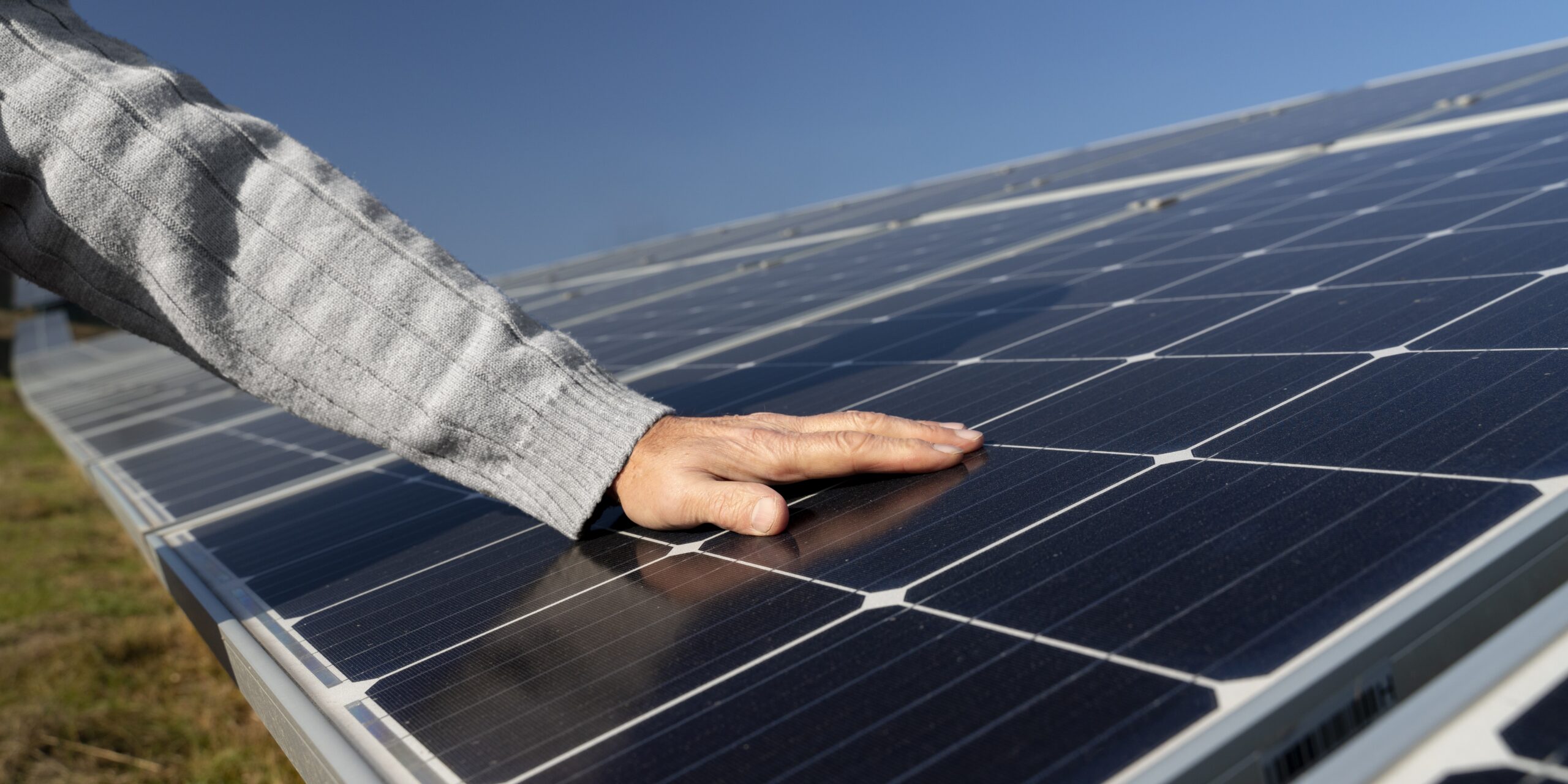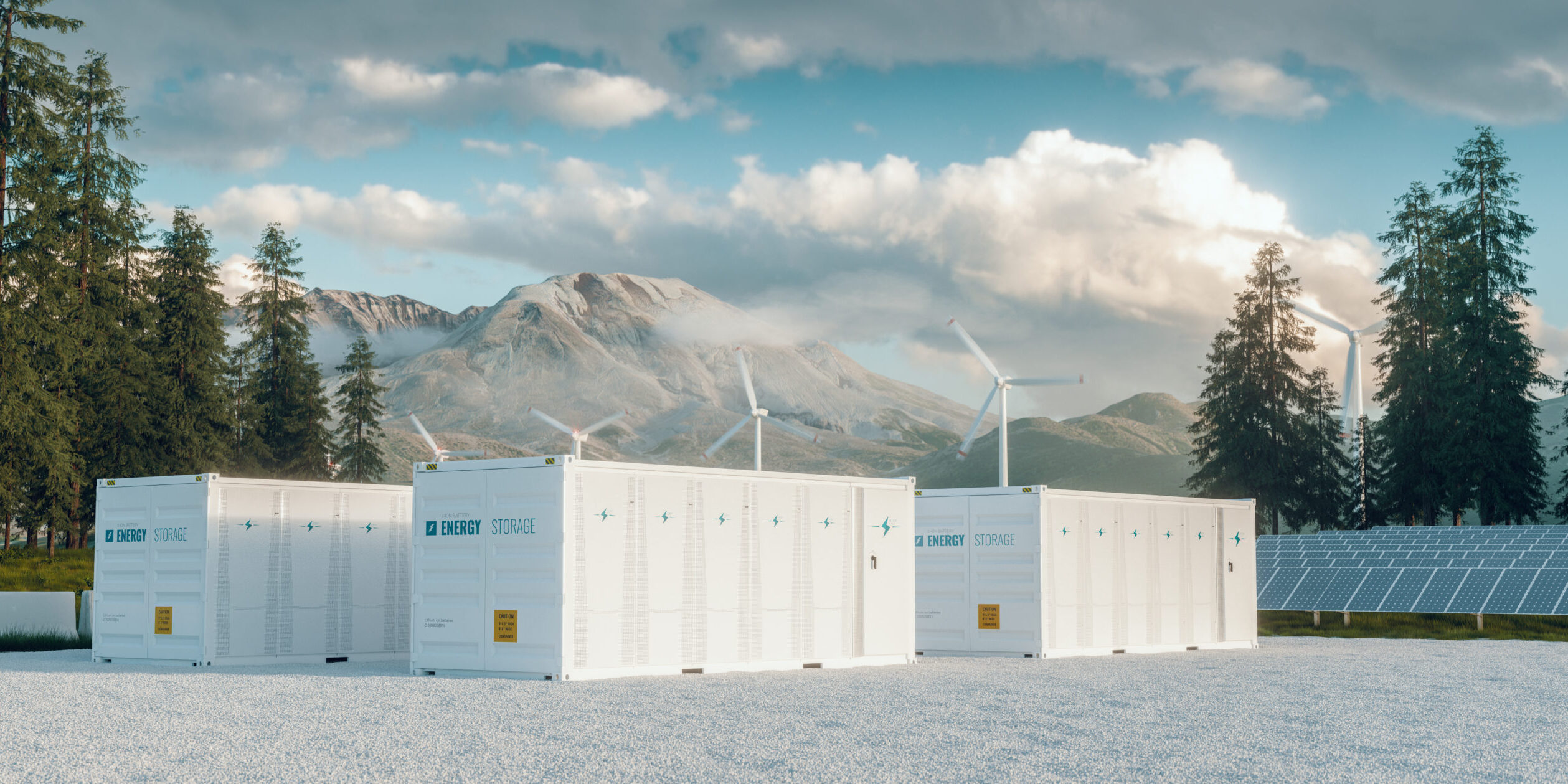Is Energy Storage the Key to Achieving Net Zero?
By BSI Team
Rethinking Global & Sustainable Energy Solutions in Pursuit of Net-Zero
Global energy storage is gaining recognition as crucial for achieving net-zero emissions, spurring investment and innovation for a sustainable future.
Global Approaches to Net-Zero:
In the United Kingdom (UK), investment is focused on grid storage, largely by private investors. However, progress in consumer-level, or “behind the meter” solutions remain limited.
While in Australia, facing high cost of energy for commercial businesses, has prioritised creating their own distributed energy systems over grid upgrades, acting as mini power stations.
In the United States (U.S.) like California and those in the Northeast region have advanced both grid and behind-the-meter solutions. Meanwhile, Germany’s focus lies in short-term, grid-based secondary markets.
Although approaches vary based on national policies, it is believed that a global shift toward distributed energy systems is expected within the next decade.
Decentralizing Power Generation
With renewables dependent on weather and daylight, energy supply can be inconsistent. However, energy storage helps balance this by storing surplus energy and releasing it during peak demand—stabilising both supply and pricing.
This makes energy storage critical to net zero emissions and supports the transition from centralised power generation to distributed networks. In the UK, about 31% of energy already comes from distributed generation, with energy storage enhancing the efficiency and usability of local energy generation.
Expanding energy storage in parallel with renewable energy demand paves the way for sustainable solutions and maximises clean energy utilisation.

From Solar Panels to Smart Storage
About one-third of UK organisations use solar panels to reduce daytime energy consumption & costs. By seamlessly integrating these systems with smart technologies, businesses can manage grid purchases, generation, energy storage, and demand more effectively—especially when combined with other energy assets like Electric Vehicle (EV) fleets.
Though implementation of Distributed Energy Resources (DERs) technology requires expertise in fields like Artificial Intelligence (AI) and Machine Learning, the payoff is significant to optimise energy use, reduce marginal energy costs to zero, and progress towards a sustainable future.
The Standardization of Grid and Integrated Electrical Energy Storage
Scott McGregor, CEO of Birdwood Energy and Head of BSI Technical Committee for Electrical Energy Storage, emphasises the standardisation of grid and integrated electrical energy storage.
He advocates for treating energy storage as a standalone asset class, easier grid integration, and the development of flexible, safety-focused standards. Following clear standards, he says, would boost confidence, encourage investments in infrastructure.

Energy Storage is Gaining Momentum
Energy storage is gaining ground with flagship projects like the UK’s Smarter Network Storage in Leighton Buzzard and Australia’s Victorian Big Battery in Geelong have positioned both countries as leaders in the energy storage market.
Yet, the storage capacity still falls short of overall demand—highlighting the need for further innovation and scaling.


